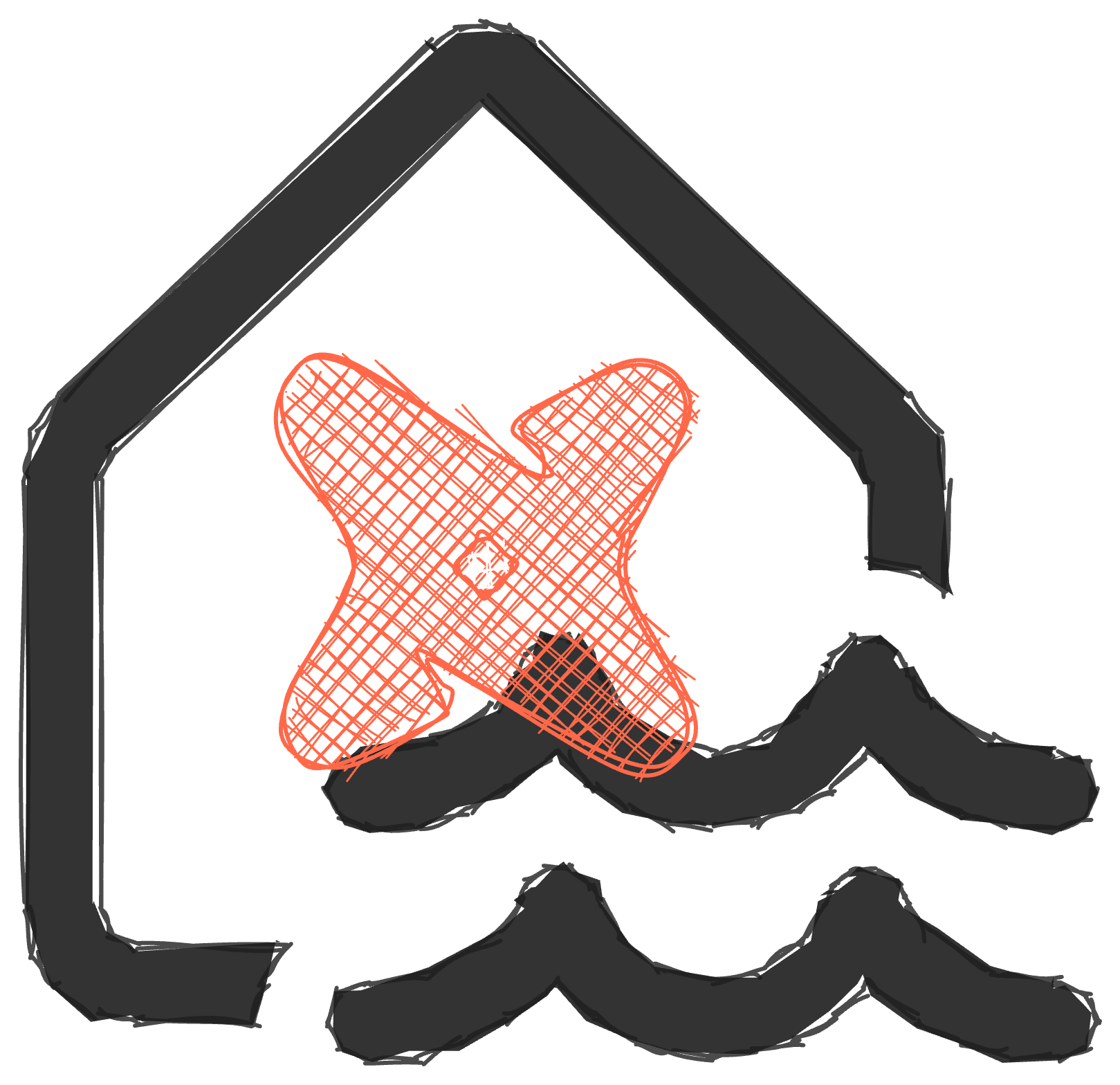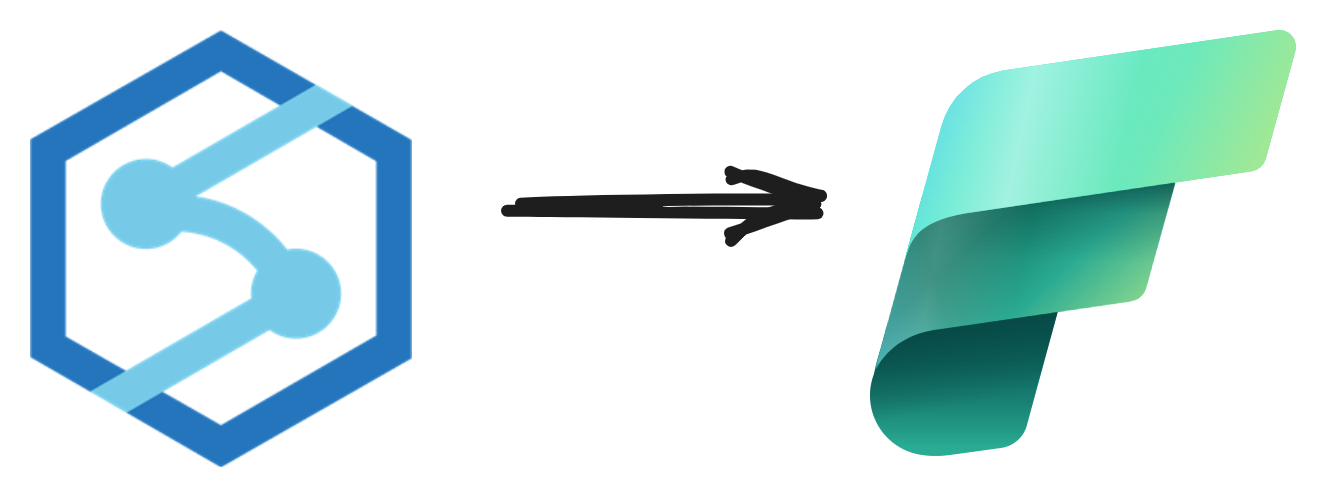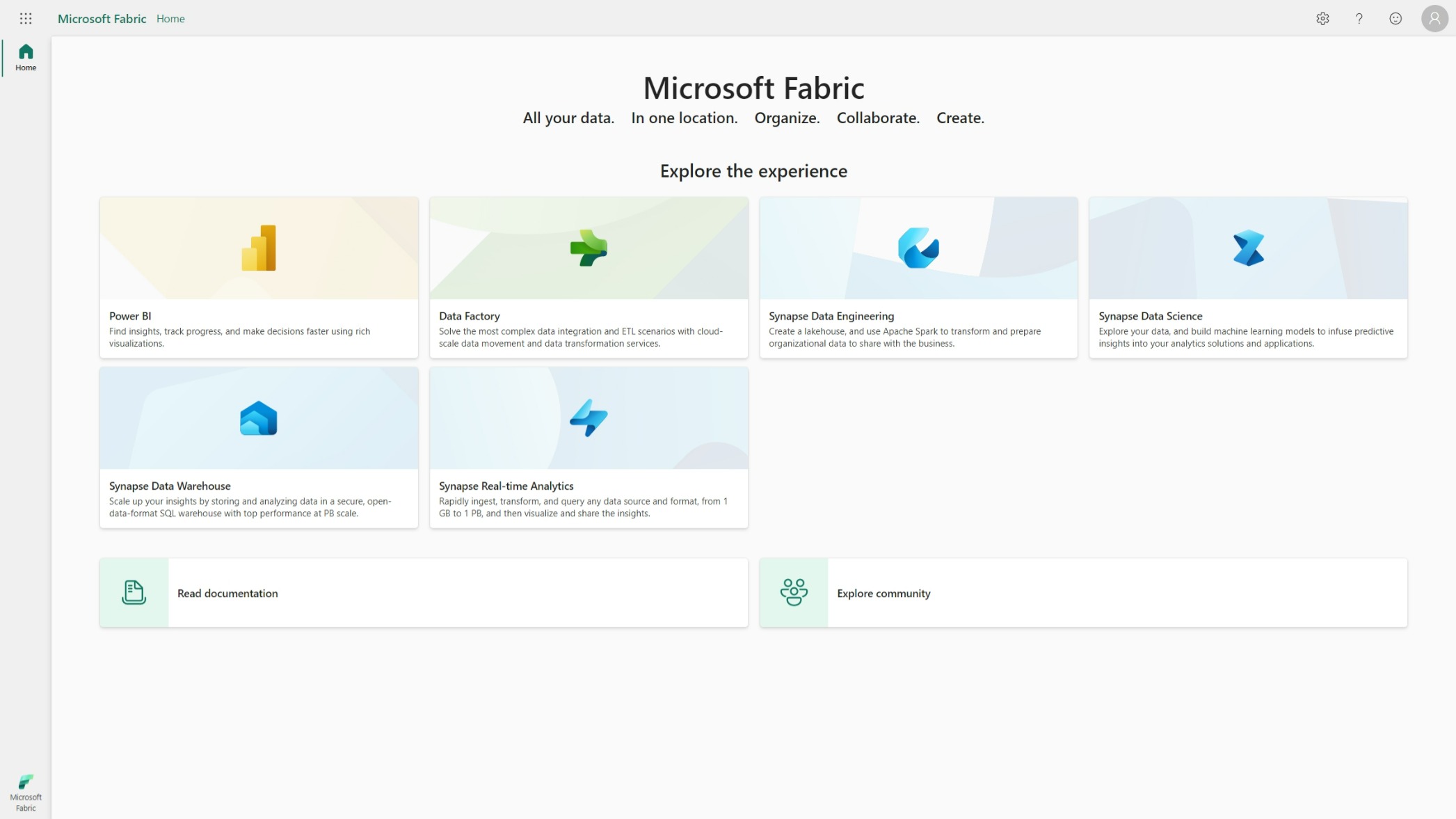SQL
Fabric end-to-end use case: Analytics Engineering part 1 - dbt with the Lakehouse

Welcome to the fourth part of a 5-part series on an end-to-end use case for Microsoft Fabric. This post will focus on the analytics engineering part of the use case. In this series, we will explore how to use Microsoft Fabric to ingest, transform, and analyze data using a real-world use case.
Connect to Fabric Lakehouses & Warehouses from Python code

In this post, I will show you how to connect to your Microsoft Fabric Lakehouses and Warehouses from Python.
Preparing a migration to Microsoft Fabric: from Azure Synapse Serverless SQL

If all those posts about Microsoft Fabric have made you curious, you might want to consider it as your next data platform. Since it is very new, not all features are available yet and most are still in preview. You could already adopt it, but if you want to deploy this to a production scenario, you’ll want to wait a bit longer. In the meantime, you can already start preparing for the migration. Let’s dive into the paths to migrate to Microsoft Fabric. Today: starting from Synapse Serverless SQL Pools.
Welcome to the 3rd generation: SQL in Microsoft Fabric

While typing this blog post, I’m flying back from the Data Platform Next Step conference where I gave a talk about using dbt with Microsoft Fabric . DP Next Step was the first conference focussed on Microsoft data services right after the announcement of Microsoft Fabric so a lot of speakers were Microsoft employees and most of the talks had some Fabric content. Fabric Fabric Fabric, what is it all about? In this post I’ll go deeper into what it is, why you should care and focus specifically on the SQL aspect of Fabric.